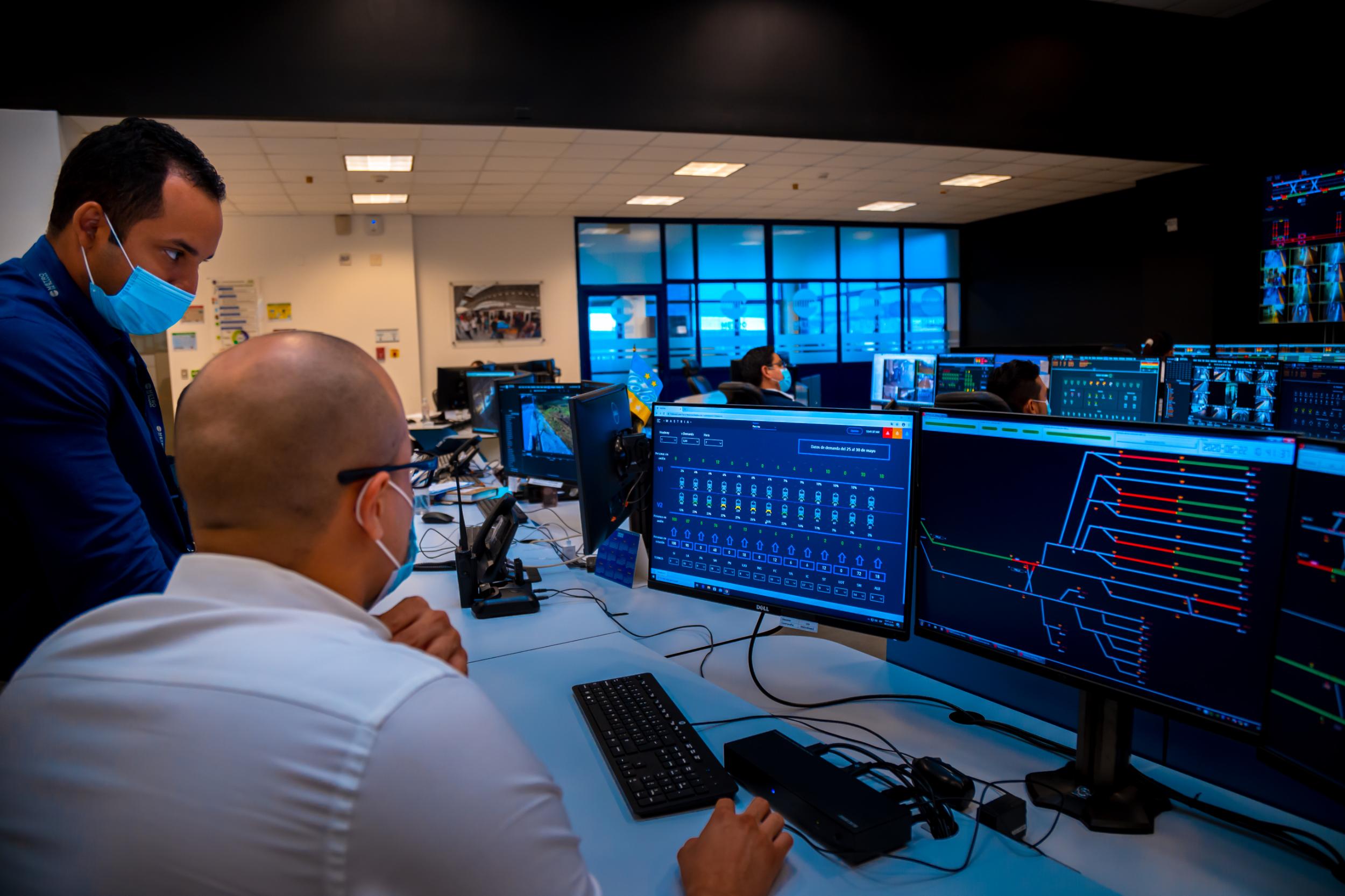France: Alstom completed its takeover of Bombardier Transportation in January 2021, making it the world’s second largest rolling stock manufacturer after CRRC. This transaction was the starting point for the start of the transformation program and the merger of two huge players with a total revenue of more than €15 bln, up to 40 production sites around the world and a total staff of over 70,000 employees. Alstom’s Enterprise Data Director Fabrice Ramé told in an interview with LeMagIT about the upcoming merger of ERP systems of both manufacturers, as well as other priority tasks for the company in the IT field.
“We have different business processes, different applications. <…> ERP systems and common applications must be configured. These are projects that will require 3 to 4 years of work”, Ramé says. At the same time, according to the manager, the presence of common suppliers can help accelerate the convergence of information systems.
As Ramé points out, in the first months after the takeover, the company merged Alstom and Bombardier’s databases on the Qlik Sense platform. Thus, Alstom’s managers had the opportunity to find information about any common supplier with Bombardier, the volume and cost of components purchased from it. As Ramé emphasizes, this is especially actual for optimizing procurement and negotiating with suppliers. “As a rule, the savings from the merger appear only after a few years: in this case, we see savings from the first months”, he says.
 Fabrice Rame, Enterprise Data Director at Alstom. Source: journaldunet.com
Fabrice Rame, Enterprise Data Director at Alstom. Source: journaldunet.com
The second promising direction of the company in the IT-sphere is the creation of databases (Ramé calls them information panels), where real-time data on the number of all types of components located at all Alstom plants is displayed. “We move parts from one plant to another rather than stocking them”, Ramé discloses. According to him, the creation of such a system has become relevant due to problems with the electronic components supply which sometimes causes the stoppage of production lines.
Another project of the company is a large-scale data verification audit within the framework of the Data lineage project (this term refers to information that describes the movement of data from its source to points of processing and application). This project aims to identify all data that cannot be trusted and is not marked as “enterprise data”. As to Ramé, sometimes some of the data comes from Excel files or other unverified sources.
In general, Fabrice Ramé wants to create a culture of data in the united company. “Incorrectly entered data can have consequences for the entire company. I created a data culture department dedicated to educating everyone about the importance of data”, Ramé says.













